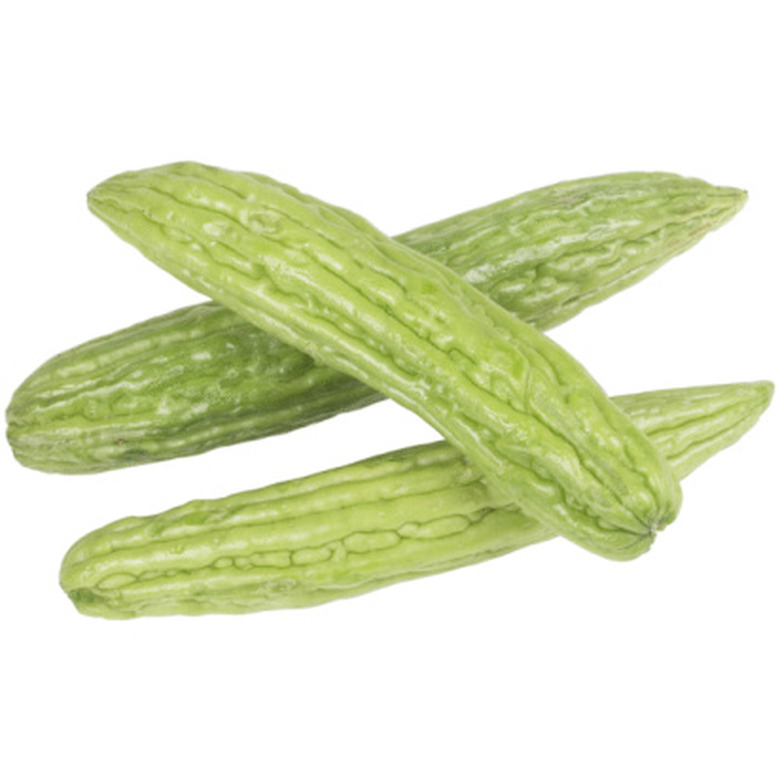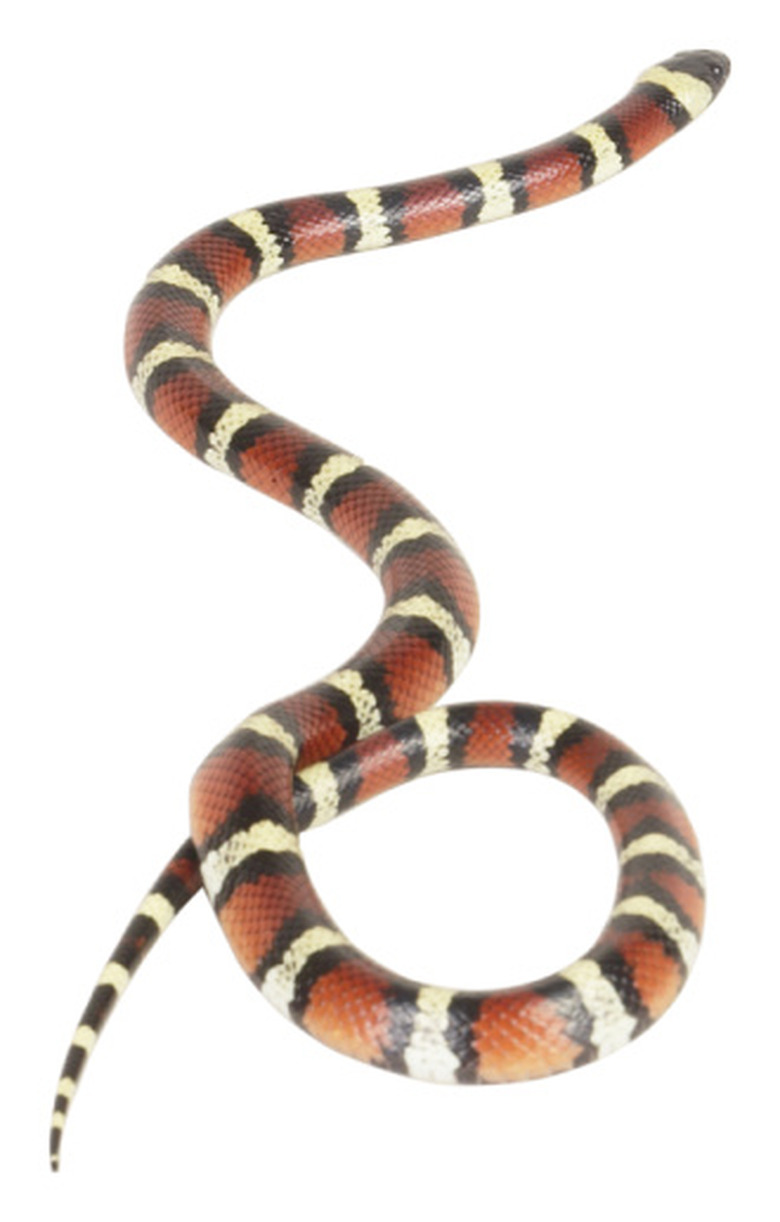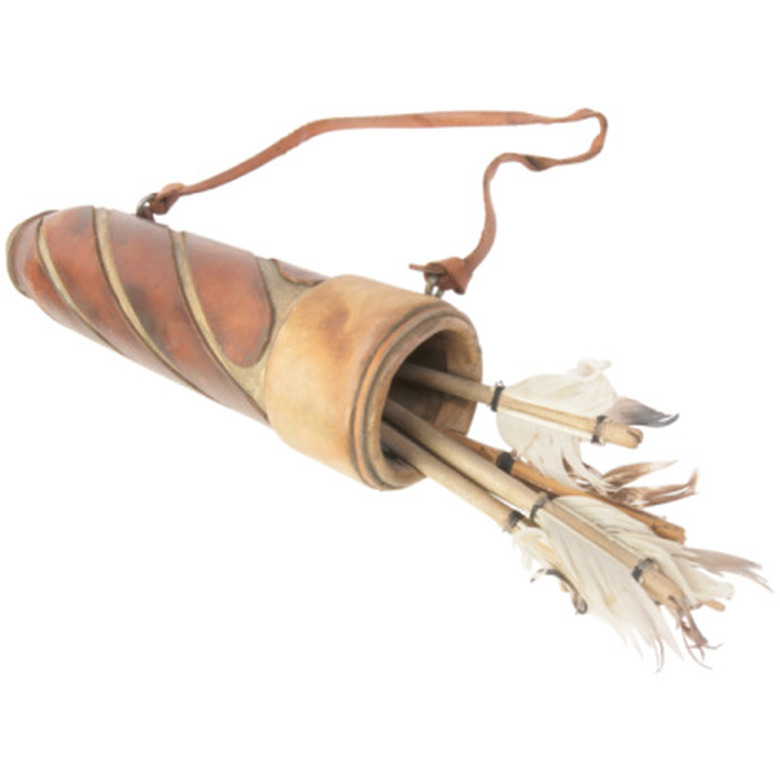Snake Gourd Crafts
The snake gourd, also known as serpent gourd, is a tropical plant, with the scientific name Trichosanthes cucumerina. It naturally grows in India and southeast Asia and will grow in warmer locations in the U.S. Trichosanthes has a five-petaled white flower with long lacy edges.
The snake gourd, also known as serpent gourd, is a tropical plant, with the scientific name Trichosanthes cucumerina. It naturally grows in India and southeast Asia and will grow in warmer locations in the U.S. Trichosanthes has a five-petaled white flower with long lacy edges. The long thin gourd can grow from 2 to 6 feet long. Trained on trellises, the gourds hang down and are likely to grow straight; grown on the ground, they are more likely to curl and make interesting shapes. Blanks can be bought online. Like other gourds, they can be dried and painted or etched. Unlike most gourds, snake gourds are edible. They can be sectioned and stuffed like peppers or chopped like spinach and zucchini. Young gourds are best for eating, as older ones taste bitter. Snake gourd extract is used medicinally.
- The snake gourd, also known as serpent gourd, is a tropical plant, with the scientific name Trichosanthes cucumerina.
- Like other gourds, they can be dried and painted or etched.
Musical Instruments
One of the most interesting craft uses of snake gourds is for making rattle and wind instruments. For rattles and rain sticks, first dry out the gourd, then seal nutshells or small gravel inside to get the rattle effect. Different types of nuts or stones in varying amounts can make a range of sounds. Snake gourds also make beautiful didgeridoos, requiring three gourds of increasing size glued together.
Decorative Sculptures
Snake gourds which have grown in curves can be used to make snakes. Painted realistically, or with geometrical motifs, this is a natural subject. Artist Mike Peyton uses sharpie pens to produce detailed geometric decorated snakes. Other artists use snake gourds for tall figures, spirit people and kachina dolls.
- One of the most interesting craft uses of snake gourds is for making rattle and wind instruments.
- For rattles and rain sticks, first dry out the gourd, then seal nutshells or small gravel inside to get the rattle effect.
Useful Items
More practical crafted uses of snake gourds include making any long, thin type of holder. Larger gourds can be used for quivers; smaller snake gourds can be used for pen holders. Cut smaller snake gourds in half and use for wall vases or hanging vases for small flowers. They can also be made into long bird feeders. Pierce holes at top and bottom of the gourd as appropriate, and use leather or cord for hangers.
Jewelry
A snake gourd which has grown symmetrically can be cut in sections and made into bracelets and dangling loop earrings. Slice through parts of the gourd to produce rings of varying sizes; make small ones from the ends of the gourd and larger ones from the center. Jewelry is best lacquered or coated with polyurethane to protect the painted surface from damage.
- More practical crafted uses of snake gourds include making any long, thin type of holder.
- A snake gourd which has grown symmetrically can be cut in sections and made into bracelets and dangling loop earrings.




